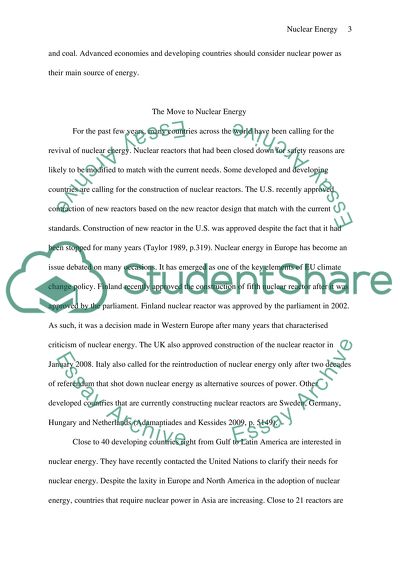Cite this document
(Nuclear Power for Sustainable Development Assignment - 1, n.d.)
Nuclear Power for Sustainable Development Assignment - 1. Retrieved from https://studentshare.org/engineering-and-construction/1679788-5-literature-review-report-one-of-this-topic-nuclear-powerrenewable-wind-energypersonal-transportmaritime-industry-public-and-urban-transportation
Nuclear Power for Sustainable Development Assignment - 1. Retrieved from https://studentshare.org/engineering-and-construction/1679788-5-literature-review-report-one-of-this-topic-nuclear-powerrenewable-wind-energypersonal-transportmaritime-industry-public-and-urban-transportation
(Nuclear Power for Sustainable Development Assignment - 1)
Nuclear Power for Sustainable Development Assignment - 1. https://studentshare.org/engineering-and-construction/1679788-5-literature-review-report-one-of-this-topic-nuclear-powerrenewable-wind-energypersonal-transportmaritime-industry-public-and-urban-transportation.
Nuclear Power for Sustainable Development Assignment - 1. https://studentshare.org/engineering-and-construction/1679788-5-literature-review-report-one-of-this-topic-nuclear-powerrenewable-wind-energypersonal-transportmaritime-industry-public-and-urban-transportation.
“Nuclear Power for Sustainable Development Assignment - 1”, n.d. https://studentshare.org/engineering-and-construction/1679788-5-literature-review-report-one-of-this-topic-nuclear-powerrenewable-wind-energypersonal-transportmaritime-industry-public-and-urban-transportation.


